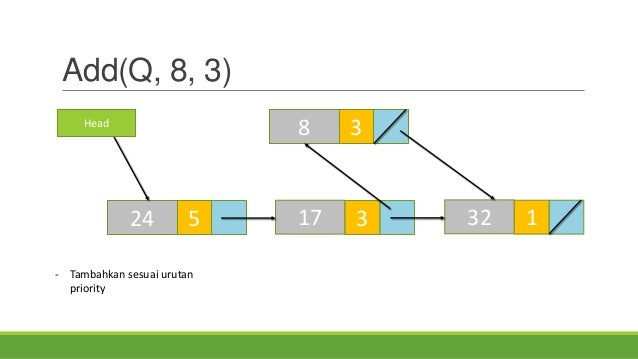

Here, you can use the indexes 0 and 1 only after you reset the queue by deleting all its elements. In a regular queue, after some insertion and deletion, there exists empty space which is non-usable. It is an extended version of a normal queue.Ī circular queue solves one of the major problems of a regular queue. In a circular queue, the last element is connected to the first element, forming a circle-like structure.

Now, if you want to know why Python is the preferred language for data science, you can go through this blog on Python Data Science tutorial. This brings us to the end of this module in Python Tutorial. But again, if two elements are of the same value, then the order is taken into consideration while removing the elements out of the Python queue. import queueĪs we can see here, the item with the lowest value gets out first. We will be using the q.qsize() function (returns the size of the queue) in order to run the for loop function. Now that we have the items in the queue, let us use the Python for loop to remove the items. Let us add 5 elements into a queue using the priority queue function. Let us see how this works with the help of an example. But, how is that going to work? Well, the logic behind this policy is that the lowest valued item gets out first.Īgain, to be able to perform priority queue operations, we have to use another function shown below. What really matters is the value of the items. Here, the order in which we put the items it doesn’t matter. The priority queue in Python is a bit interesting one.


 0 kommentar(er)
0 kommentar(er)
